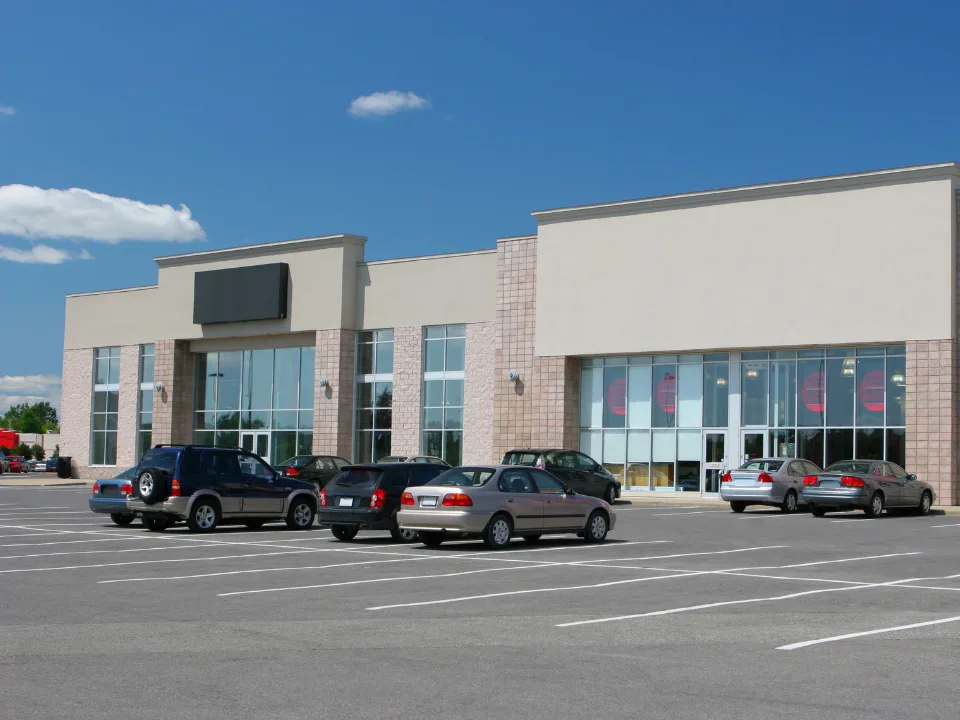- While recent interest rate cuts are welcome news, they won’t rescue many CRE owners burdened by high debt, especially those who borrowed heavily when rates were low.
- Lenders are growing impatient with borrowers, leading to more properties entering foreclosure or lender-induced selloffs as owners struggle to refinance.
- The situation is especially dire for properties with floating-rate loans, where rising interest rates have pushed many investments underwater, particularly in multifamily housing and hotels.
According to WSJ, many commercial real estate owners are facing a harsh reality—even as interest rates start to fall, relief is arriving too late for those who took on too much debt when rates were low.
High Hopes, Crushing Debt
In Chicago, the owners of the office tower at 145 South Wells, completed just before the pandemic, lost the property to lenders this year after tenants departed and the interest rate on their loan soared past 10%.
This story is playing out across the U.S. as apartment buildings, hotels, and offices acquired with floating-rate debt are being handed over to lenders.
With more than $2.2T in commercial property debt due for refinancing by 2027, the Federal Reserve’s recent rate cuts are coming too late for many overleveraged property owners.
Mounting Distress
Tides Equities, a major apartment landlord in the Sunbelt, exemplifies this distress. Known for aggressively purchasing low-rent buildings with floating-rate loans, the company faced spiraling costs as interest rates rose and rent growth slowed.
Now, a dozen Tides buildings are in foreclosure or similar processes.
Hotels like those owned by Ashford Hospitality Trust are also reeling. Ashford’s floating-rate loans nearly doubled the interest on a portfolio of hotels, leaving them worth less than their total debt.
Despite rate cuts, the company is choosing between defaulting or sinking more money into underwater properties.
Lenders Losing Patience
As interest rates fall, lenders are less willing to extend repayment deadlines. Properties in foreclosure have risen sharply, with the value of distressed commercial loans reaching $19.2B by August.
Lenders, pressured by regulations, are increasingly opting to sell or take over properties rather than wait.
Some investors are still hopeful that the Federal Reserve’s moves will eventually ease refinancing challenges. Yet, for those most highly leveraged, especially with floating-rate loans, the rate cuts may be too little, too late.

















